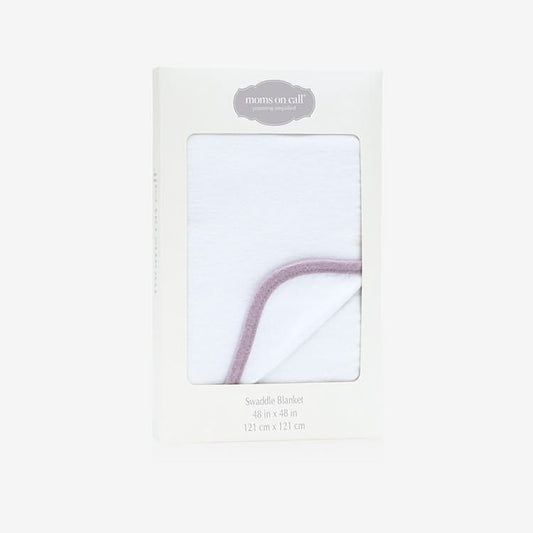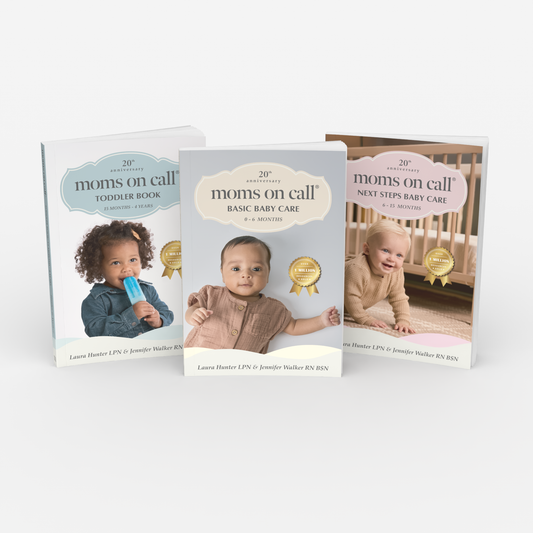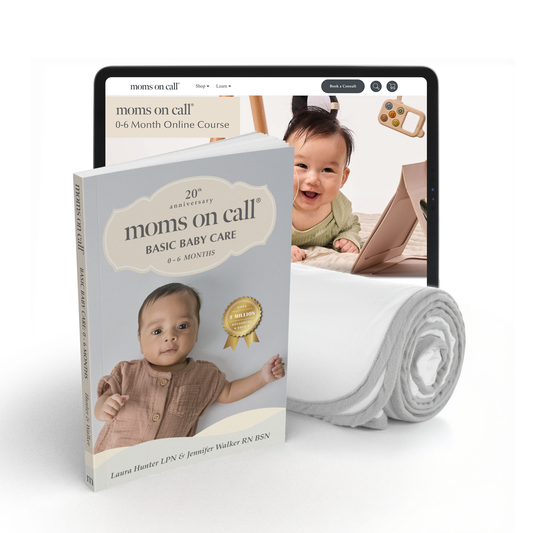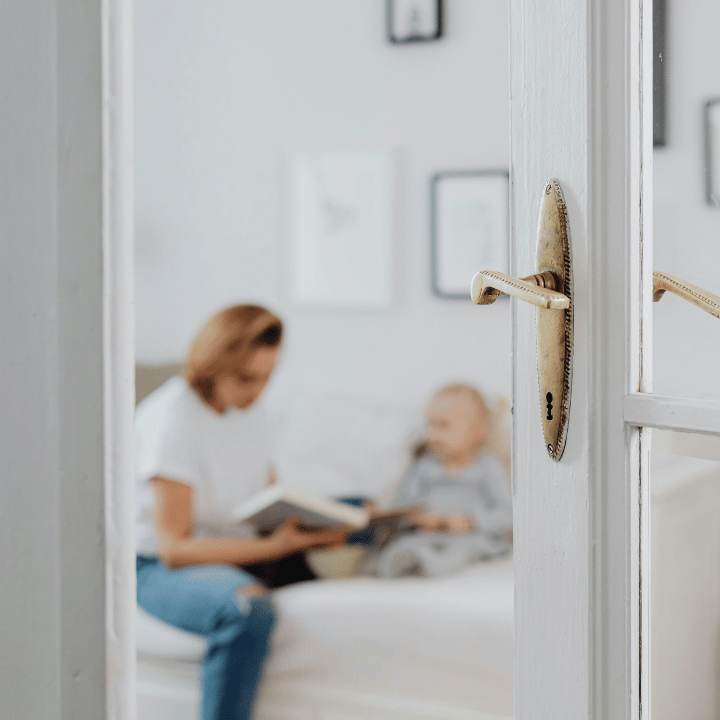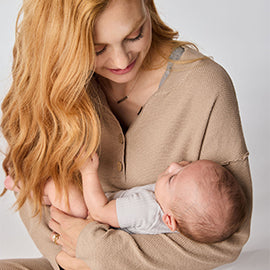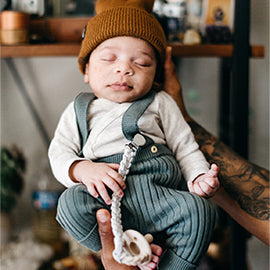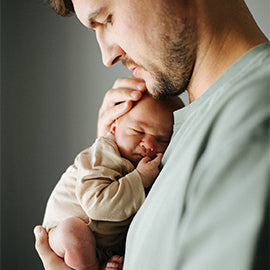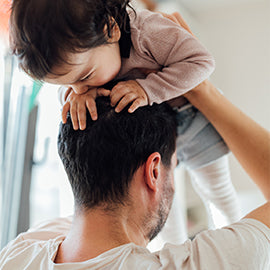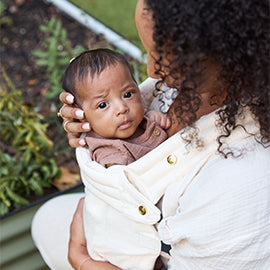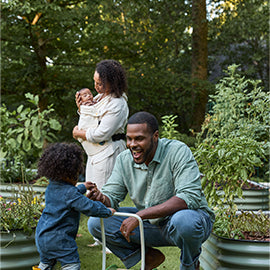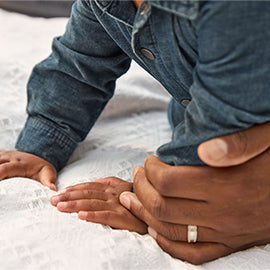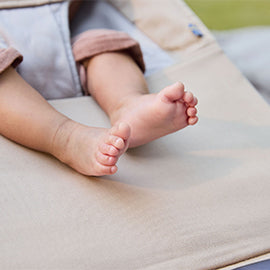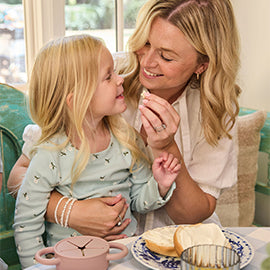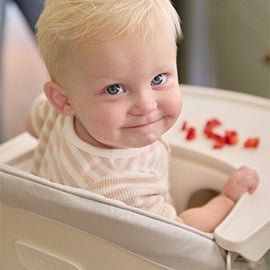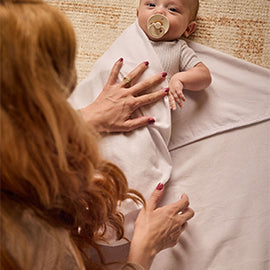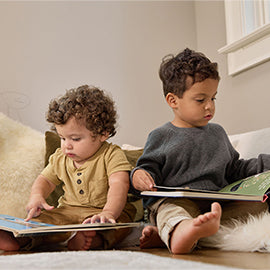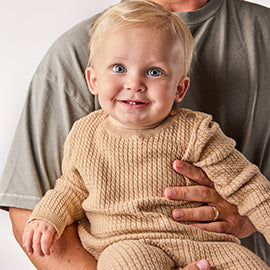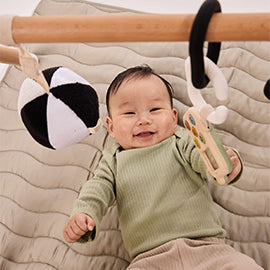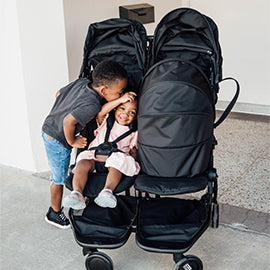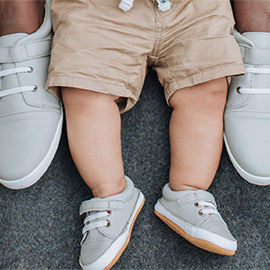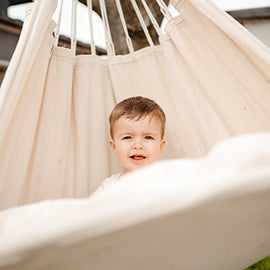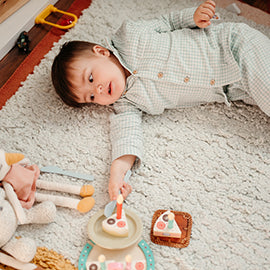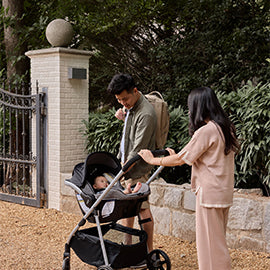It’s been a few months since the worst night of my life, and I’m finally able to sit down and put some thoughts together about my experience with a devastating house fire. I want to take some time to reflect on the fire safety practices my family had in place and share them with you.
We went to sleep like any other normal night. I tucked the kids (and family doggy) into bed and closed their doors behind me before making my way into my own bed for the night. Around 1 AM, I was awakened by our house alarm (our smoke detectors were also linked to this system). I woke my husband up and went to the main house to figure out what had set the alarm off. It was then, as I looked out the window, that I realized the entire side of the house was in flames. I turned around to get my husband out of bed, but he was already running upstairs, carrying out our much-discussed and practiced fire evacuation plan. I don’t remember going upstairs and getting my two other children outside to safety, but I do know it happened quickly. We credit the following fire safety practices with keeping my family safe.
Smoke Alarms
The first line of defense against fires is a reliable smoke alarm system. Ensure that smoke detectors are installed in key areas of your home, including bedrooms, hallways, and the kitchen. Invest in an interconnected system. When one alarm sounds, they all sound. Regularly test and replace batteries to guarantee their functionality.
People who are hard of hearing or deaf can use a particular alarm equipped with a bed shaker/strobe light.
Our fire started in an upstairs room, and if we had relied on the single smoke detector to wake us, we likely would have been too late. An interconnected system alerted us downstairs so we could get our children out of the house quickly.
Create an Emergency Exit Plan
- Develop a clear and concise emergency exit plan for your home.
- Draw a map of your home showing all doors and windows and discuss the plan with everyone in your family.
- Know two ways out of every room, making sure all windows leading outside open easily.
- Conduct regular drills with family members to ensure everyone knows the escape routes and meeting points.
My husband and I have always discussed a fire plan. We knew it was important with three small children sleeping in a two-story home. When our smoke detectors went off in the middle of the night, we jumped into action without even talking to each other about the plan. We knew who was going where and what children we were assigned to.
Close Before You Doze
A closed door has been shown to slow the spread of smoke, heat, and fire. If you or your little one is resistant to this, remember, we parent out of truth and love, not fear. Tell your little one, “We close the door at night to keep you safe. I love you, I believe in you, and I’ll see you when the sun comes up.” Safety takes priority. This is something you should not skip.
We were able to get our children out quickly but left our family dog, Allie. We always closed her door, too, and because of this, she was safe and healthy. The firefighters attributed this to closing the door and keeping her safe from the smoke and gasses from the fire.
Here are a few more essential tips and practices to help you safeguard your surroundings from the fire threat.
Practice Safe Cooking
Cooking-related fires are a leading cause of home fires. Exercise caution in the kitchen by never leaving cooking unattended, keeping flammable items away from the stove, and having a lid nearby to smother potential grease fires.
Have a “kid-free zone” of at least 3 feet around the stove and areas where hot drinks or food is prepared or carried.
Heating Safety
If you use space heaters, ensure they have a safety certification and keep them away from flammable materials. Keep fireplaces and chimneys clean and well-maintained to prevent chimney fires.
Caution with Candles
While candles can create a cozy atmosphere, they pose a fire hazard if left unattended. Always extinguish candles before leaving a room, and keep them away from curtains, paper, or any other combustible materials.
I share this because I want our story to help someone else. I want you to truly hear our story so
you can make your home safe in the event of a fire.
Written by Becca Davis, RN, MSN, Moms on Call Certified Consultant
Becca is a mama of three, a Peds Research RN, and a certified pediatric nurse. She has 11 years of pediatric experience ranging from inpatient care to outpatient care and research.
Becca was excited when she found out she was expecting, but she felt lost when she first arrived. Moms on Call helped guide her through everything – from bathing to sleeping to introducing solids. Now that her oldest is 4, Moms on Call has helped guide her through the toddler years as well.
